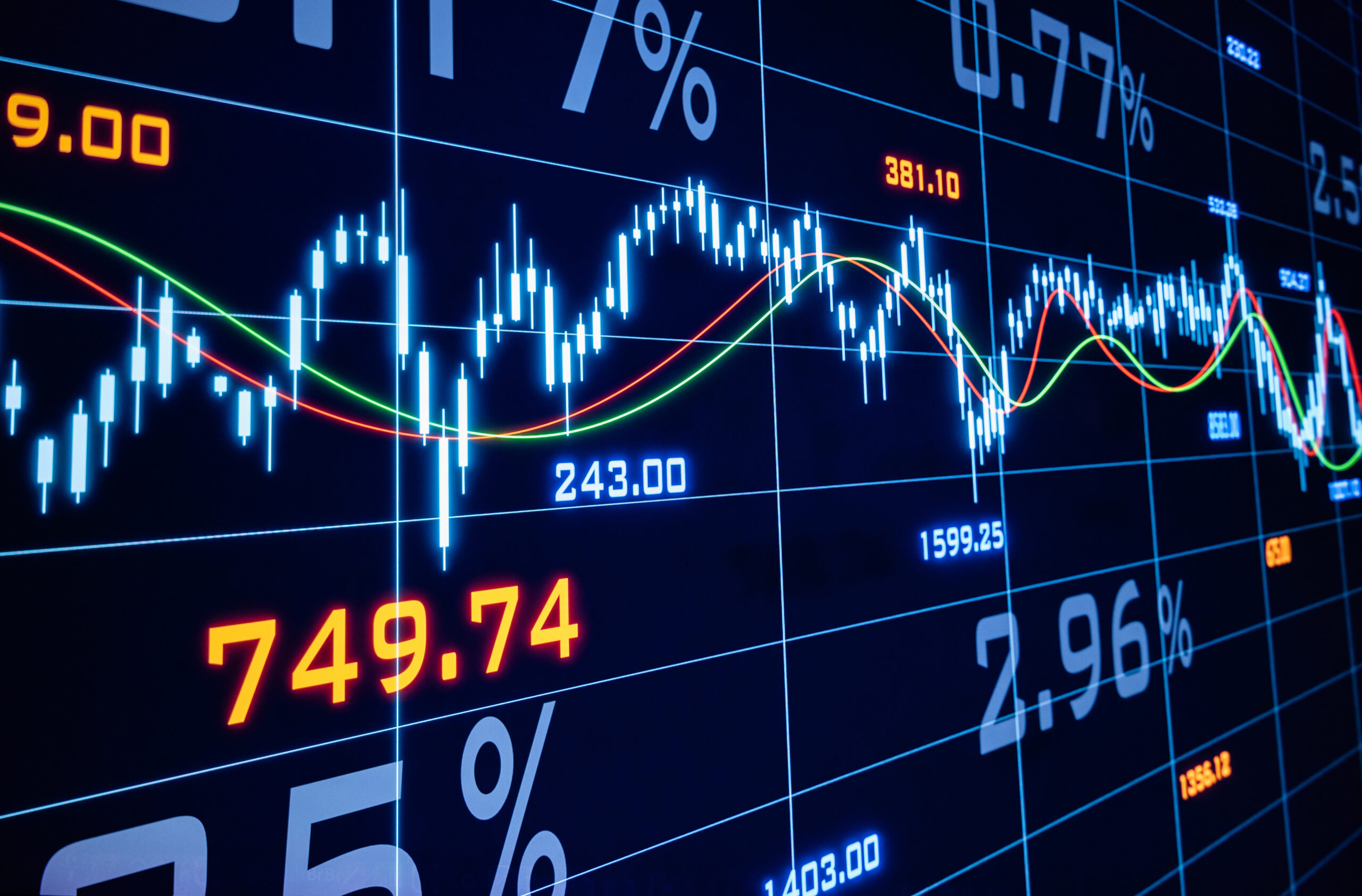Technical indicators are a trader’s best friend when it comes to analyzing price action, spotting trends, and identifying entry/exit points. However, with hundreds of indicators available, it’s easy to get overwhelmed. The key is to select indicators that align with your trading style and risk tolerance—rather than cluttering your charts with unnecessary tools.
In this blog post, we’ll break down the best technical indicators for different trading styles (day trading, swing trading, long-term trading) and how to adjust your indicator selection based on risk tolerance.
The Role of Technical Indicators in Trading
Indicators help traders:
✔ Identify trends (uptrend, downtrend, sideways)
✔ Spot momentum shifts (bullish/bearish crossovers, divergences)
✔ Determine overbought/oversold levels
✔ Find support and resistance zones
✔ Confirm trade entries & exits
However, not all indicators are suitable for every trading style. Some work better for fast-paced scalping, while others are designed for long-term confirmation.
Picking Indicators Based on Your Trading Style
1. Day Traders (Short-Term, High-Risk, Fast Moves)
✅ Best for: Quick profits from intraday price action.
🚨 Risk Level: High (due to rapid price swings).
Day traders need real-time indicators that focus on momentum, volatility, and precise entry/exit points.
📌 Best Indicators for Day Trading:
- VWAP (Volume Weighted Average Price) – Identifies intraday trend direction.
- MACD (Moving Average Convergence Divergence) – Helps spot momentum shifts and trend strength.
- Relative Strength Index (RSI) – Confirms overbought/oversold conditions.
- ATR (Average True Range) – Measures volatility for setting stop-loss levels.
- Level 2 & Time and Sales Data – Not an indicator, but essential for reading real-time order flow.
💡 Example Strategy:
- Use VWAP to determine trend bias (above VWAP = bullish, below = bearish).
- Look for MACD crossovers and RSI divergences for momentum confirmation.
- Adjust stops based on ATR volatility levels.
2. Swing Traders (Holding Trades for Days to Weeks)
✅ Best for: Capturing larger price swings over multiple days.
🚨 Risk Level: Medium (more time to adjust positions).
Swing traders need trend-following indicators that smooth out price fluctuations and identify strong reversals.
📌 Best Indicators for Swing Trading:
- 50 & 200-Day Moving Averages – Helps determine long-term trend direction.
- Bollinger Bands – Identifies volatility expansions and contractions.
- Fibonacci Retracements – Finds support & resistance zones for potential bounces.
- Stochastic RSI – Confirms when the stock is overbought/oversold in a trend.
- MACD – Confirms momentum continuation or reversal.
💡 Example Strategy:
- Use 50/200-day moving averages to confirm an uptrend.
- Enter near a Fibonacci retracement level when the price pulls back.
- Use Stochastic RSI to confirm oversold conditions before entering.
3. Position & Long-Term Traders (Holding for Months to Years)
✅ Best for: Investors looking for big-picture trend confirmation.
🚨 Risk Level: Low (less exposure to short-term market noise).
Long-term traders need trend-based indicators that confirm price direction over months/years.
📌 Best Indicators for Position Trading:
- 200-Day Moving Average – The gold standard for confirming a long-term uptrend.
- MACD Histogram – Measures trend strength over time.
- Accumulation/Distribution Line (A/D Line) – Identifies whether smart money is buying or selling.
- Volume Profile – Shows price levels with high trading interest (support/resistance zones).
- Relative Strength vs. S&P 500 (RSI or RSP Indicator) – Confirms if a stock is outperforming the market.
💡 Example Strategy:
- Buy stocks trading above the 200-day moving average.
- Look for MACD bullish crossovers for confirmation.
- Check A/D line to ensure institutions are accumulating shares.
Picking Indicators Based on Risk Tolerance
📌 For Conservative Traders (Low-Risk Approach)
🔹 Use trend-following indicators like the 200-day moving average & MACD to avoid false breakouts.
🔹 Prioritize volume-based indicators (A/D line, OBV) to ensure strong institutional support.
🔹 Stick with higher timeframes (daily, weekly charts) to reduce market noise.
📌 For Moderate-Risk Traders
🔹 Use Bollinger Bands & Fibonacci retracements for better entry timing.
🔹 Combine MACD & RSI for momentum confirmation.
🔹 Keep stops wider based on ATR to avoid premature exits.
📌 For Aggressive Traders (High-Risk, Short-Term Mindset)
🔹 Use VWAP & Level 2 to trade intraday momentum.
🔹 Combine stochastic RSI & MACD for quick trend shifts.
🔹 Utilize ATR-based stop-losses to manage volatility.
How Many Indicators Should You Use?
More indicators DO NOT equal better trading. The goal is to use a combination of 2-4 complementary indicators that give clear signals.
💡 Best Indicator Combinations:
✔ Trend Following – Moving Averages + MACD
✔ Momentum & Reversals – RSI + Stochastic RSI
✔ Volatility Analysis – Bollinger Bands + ATR
✔ Support & Resistance – Fibonacci + Volume Profile
Final Thoughts: Choosing the Best Indicators for Your Trading Style
📌 For fast-paced day trading → Use VWAP, MACD, RSI, & ATR for momentum and volatility analysis.
📌 For swing trading → Focus on Moving Averages, Fibonacci, Bollinger Bands, & MACD for trend confirmation.
📌 For long-term investing → Stick to 200-Day MA, MACD Histogram, A/D Line, & Volume Profile to filter out noise.
By selecting indicators tailored to your trading style and risk level, you can improve your trade execution and avoid unnecessary noise on your charts.
What are your favorite indicators to use in trading? Let me know in the comments! 🚀📊




0 Comments